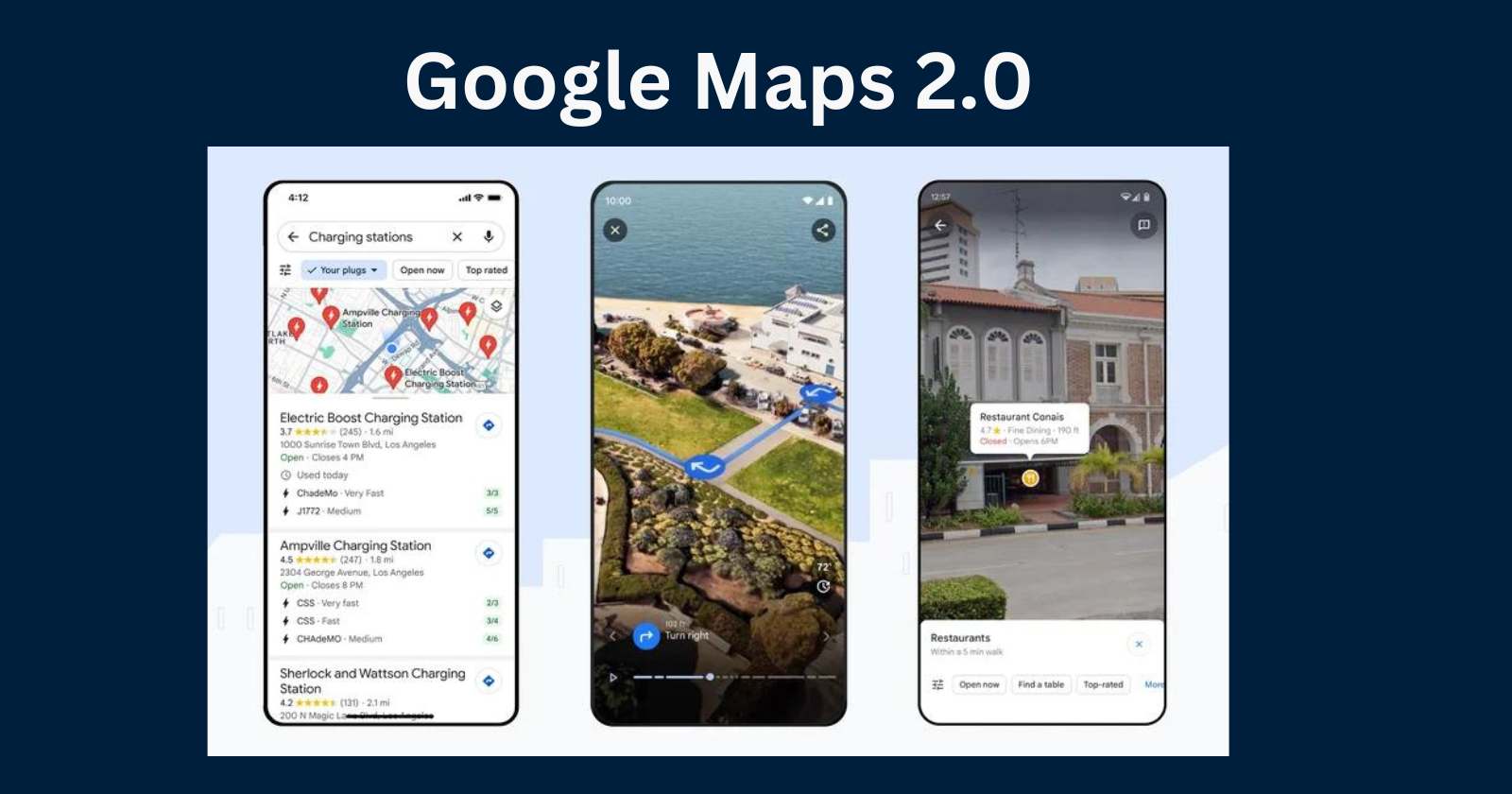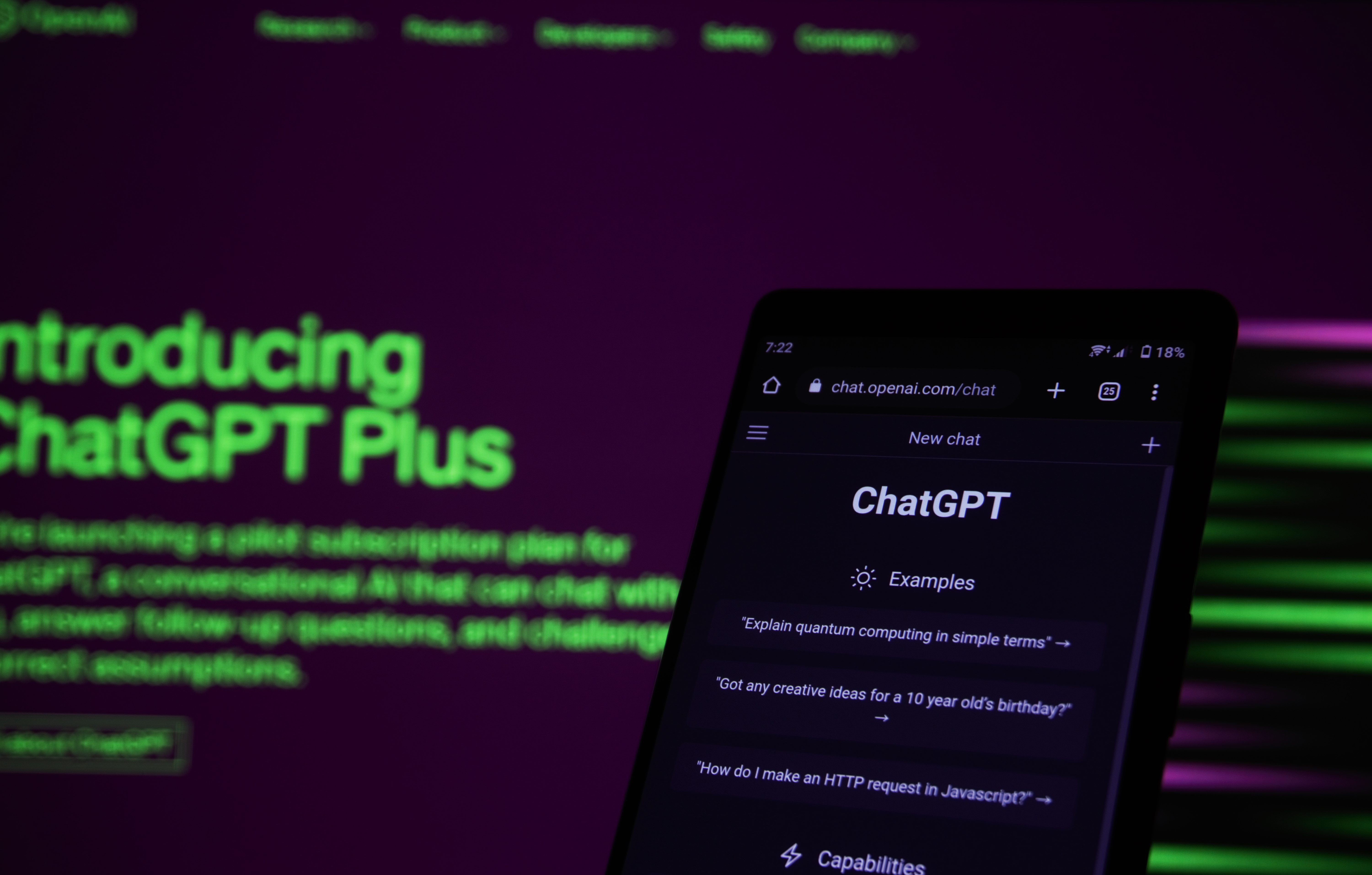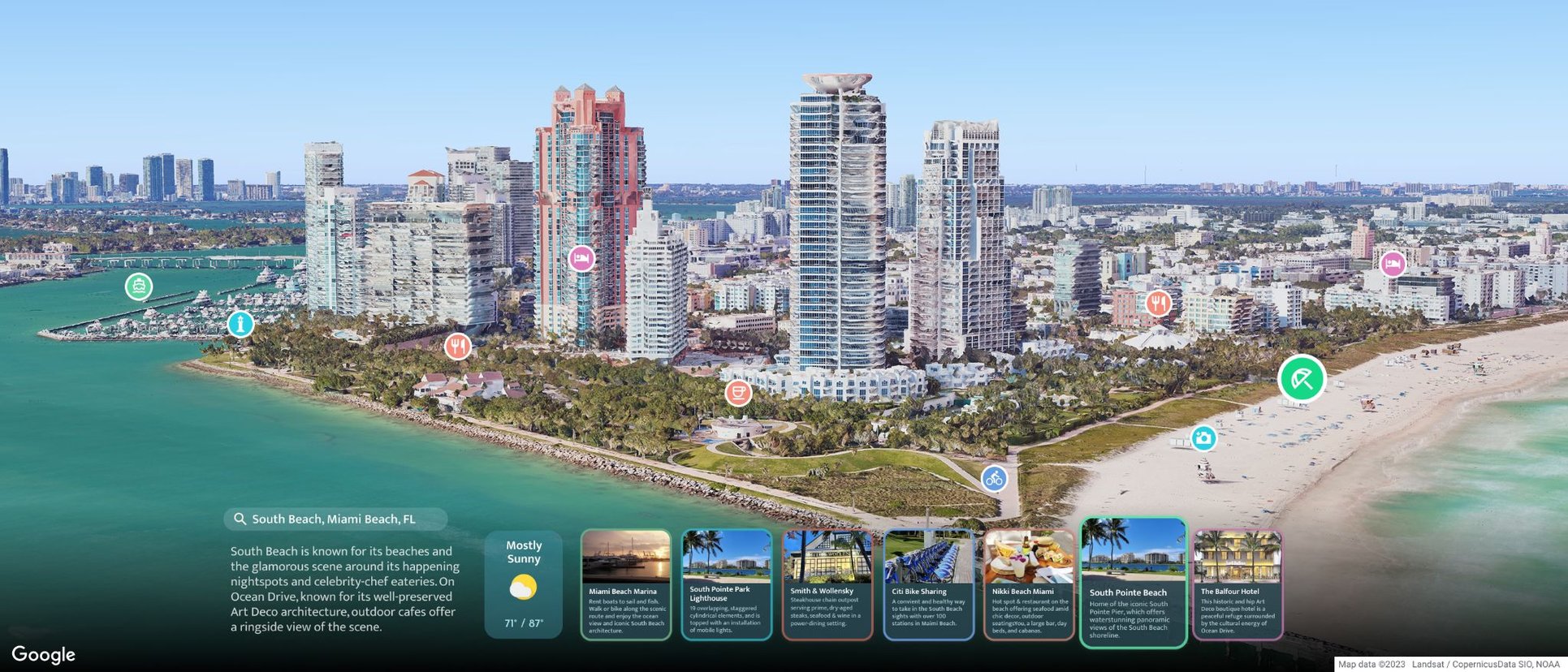OpenAI's Preparedness Team: The New Guardians of Frontier AI Safety
 Saran
Saran
What's New
OpenAI's Preparedness Team: The New Guardians of Frontier AI Safety
Google Maps’ Immersive View and AI-Driven Features Transform User Experience
Amazon Clinic: Your New Click-to-Care Health Companion
How the DataStax-LangChain Integration is Redefining Real-Time Generative AI Applications
OpenAI's Preparedness Team: The New Guardians of Frontier AI Safety

In an era where the escalation of artificial intelligence (AI) capabilities is inevitable, OpenAI is doubling down on safety. In a recent announcement, the company unveiled its new Preparedness Team, led by Aleksander Madry. This team is at the forefront of assessing and mitigating the 🌪️ catastrophic risks posed by frontier AI models.
🛡️ A Safety Net for Frontier AI
OpenAI's Preparedness team is focused on four key risk categories:
Individualized persuasion
Cybersecurity
Chemical, biological, radiological, and nuclear (CBRN) threats
Autonomous replication and adaptation (ARA)
These are serious issues that could have disastrous outcomes if AI systems are misused or fall into the wrong hands.
📋 Risk-Informed Development Policy (RDP)
In addition to risk mitigation, the Preparedness team will also develop a 📜 Risk-Informed Development Policy (RDP). This policy will offer a robust framework for monitoring, evaluating, and protecting against the risks associated with frontier AI models.
🌐 A Global Commitment
This initiative isn't an isolated endeavor. OpenAI has joined other leading AI labs in making a set of 🤝 voluntary commitments to promote safety, security, and trust in AI. These commitments were a focal point during the 🇬🇧 UK AI Safety Summit, where OpenAI detailed its progress on frontier AI safety.
🚀 The Road Ahead
As AI continues to evolve, the Preparedness Team's efforts are a much-needed safeguard. By proactively addressing these complex issues, OpenAI is setting an example that could very well dictate the future norms of AI development and governance.
Google Maps’ Immersive View and AI-Driven Features Transform User Experience

Google Maps continues its evolutionary journey with a suite of updates, leveraging AI to further enrich user experiences. The spotlight falls on the Immersive View for routes, a feature revealed at Google I/O, now making its debut in select cities. It transforms route planning into an interactive affair, whether you’re driving, walking, or cycling. By virtually previewing the route, users gain visual insight into their journey, aiding in better preparation.
The augmentation extends to Lens in Maps, formerly 'Search with Live View'. Now expanding to over 50 new cities, this feature uses augmented reality to help users swiftly understand their surroundings, a boon for those navigating unfamiliar terrains.
Electric Vehicle (EV) drivers receive a nod with enhanced charging station information. This update unveils more detailed charging station data, addressing the common ‘charging anxiety’ and saving time with real-time status updates.
Amazon Clinic: Your New Click-to-Care Health Companion

Amazon Clinic broadens its horizons, now offering nationwide telehealth services for common ailments like cold and flu. Through Amazon.com or the app, customers can swiftly select a treatment, compare telehealth providers, and get connected without the need for appointments or insurance.
Post a simple intake form, you're paired with a licensed clinician via a secure portal, either through messaging or a scheduled video call. The clinician provides a personalized treatment plan, and if a prescription is needed, Amazon Pharmacy is at your service for a quick fill and delivery, although you're free to choose any pharmacy.
With Amazon Clinic, accessing reliable care from the comfort of home has become a reality, making healthcare a less cumbersome affair, especially during those pesky flu seasons.
How the DataStax-LangChain Integration is Redefining Real-Time Generative AI Applications
The integration between DataStax and LangChain marks a significant stride towards facilitating enhanced generative AI application development. Here’s a breakdown:
Retrieval Augmented Generation (RAG): By connecting to a vector store for real-time data, RAG empowers LLMs to provide more accurate and contextually relevant answers.
LangChain: Provides a conduit for applications to interact with various data sources, enhancing the memory or context provided to LLMs.
Astra DB and Apache Cassandra®: These databases, when integrated as vector sources within LangChain, serve as robust backbones for storing and managing vectors essential for RAG. Astra DB, particularly, is tailored for real-time generative AI applications, offering a potent vector database solution.
Integration Benefits:
Simplifies the incorporation of Astra DB or Apache Cassandra as vector stores in LangChain, courtesy of a straightforward plugin architecture.
Unlocks features like vector similarity search, semantic caching, term-based search, LLM-response caching, and data injection, which are pivotal for optimizing the performance and relevance of generative AI applications.
Subscribe to my newsletter
Read articles from Saran directly inside your inbox. Subscribe to the newsletter, and don't miss out.
Written by

Saran
Saran
🚀 Navigating the AI Universe, One Byte at a Time! 🤖✨ 🔍 Exploring AI, Tech Trends, and Ethics | Unveiling Product Launches | Embracing Tech Conferences | Daily Newsletters 🔮 Join the journey: Byte-sized tech revelations, events that matter, and musings on the ever-evolving AI frontier. Let's decode the future together! Connect: 🐦 Twitter: @Saran_ilango #AI #TechTrends #EthicsInTech #Newsletter